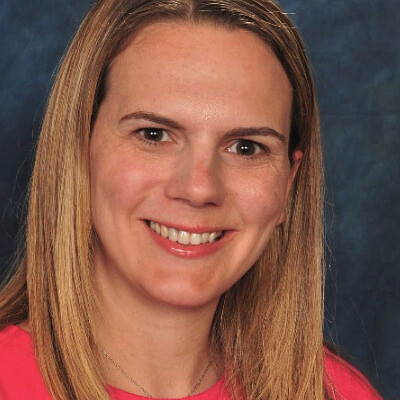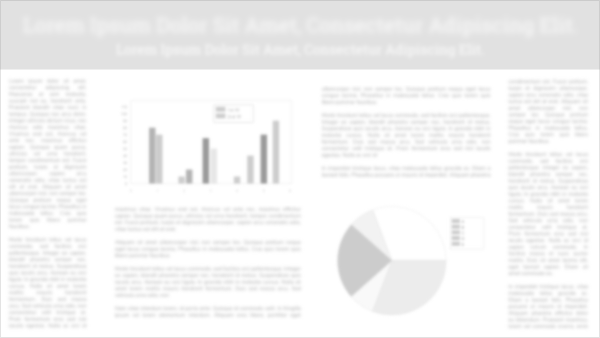Comparing Social Determinants of Health Integration in Team Objective Structured Clinical Encounters and Team Performance
Background:
Social Determinants of Health (SDOH), such as insurance status may affect patients’ access to care and health outcomes, however health professions students often receive limited training in how these factors influence team-based care. This study aims are to evaluate the impact of incorporating (SDOH) into interprofessional Team Objective Structured Clinical Encounters (TOSCEs) by comparing facilitator evaluations of team performance and evaluate how patient insurance status influences team dynamics.
Methods:
TOSCEs involved students from pharmacy, physician assistant, and nursing programs, working in interprofessional teams of 2-3. Standardized patient cases included one insured patient (Case A) and one uninsured patient (Case B), each conducted 16 times. Facilitators evaluated team performance using the 8-question Interprofessional Collaborator Assessment Rubric (ICAR), based on the Interprofessional Education Collaborative (IPEC) core competencies. Means were quantified for each question: not observable=1, minimal=2, developing=3, competent=4, and mastery=5.
Results:
Case A had 37 total participants, and Case B had 36 participants. Case A yielded higher means for 75% of evaluated competencies related to the team’s ability to plan for and provide care (Case A:3.2, B:2.9), information sharing with the patient (A:3.4, B:3.1),information sharing with other team members (A:3.4, B:2.9), seeking patient approval to share information (A:3.2, B:3.1), active listening (A:3.2, B:3.1), and team contributions to discussion (A:3.6, B:3.1).
Conclusion:
Findings suggest patient insurance status had a significant impact on interprofessional team dynamics. To better prepare students for addressing healthcare needs of an uninsured patient, targeted training on patient-centered communication and collaborative decision-making may be beneficial. Future research should explore strategies for enhancing SDOH integration in team-based clinical education.
Reflections, Lessons Learned, and Implications:
Incorporating SDOH into TOSCEs gave us insight into how interprofessional teams respond to real-world challenges, including those shaped by patients’ social barriers, including insurance coverage. These findings revealed potential areas of bias among students, particularly when working with uninsured patients
Priority Criteria Fulfillment:
This study supports the ongoing effort to advance interprofessional education by directly integrating SDOH and health equity into clinical training. It contributes to the body of research that is growing and offers a model that includes social drivers into team-based simulation exercises.








